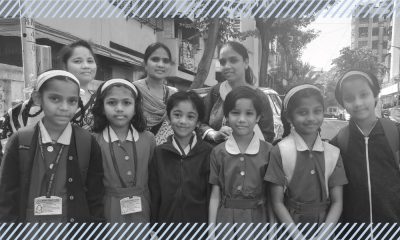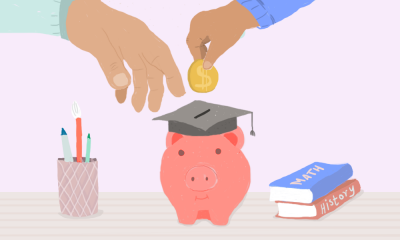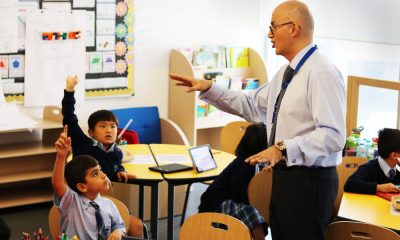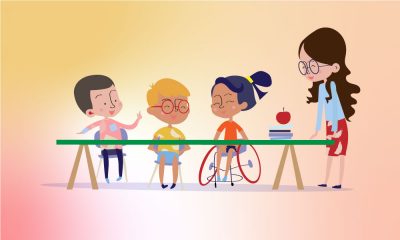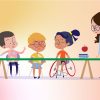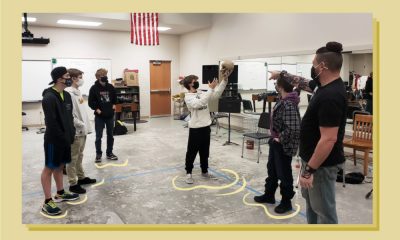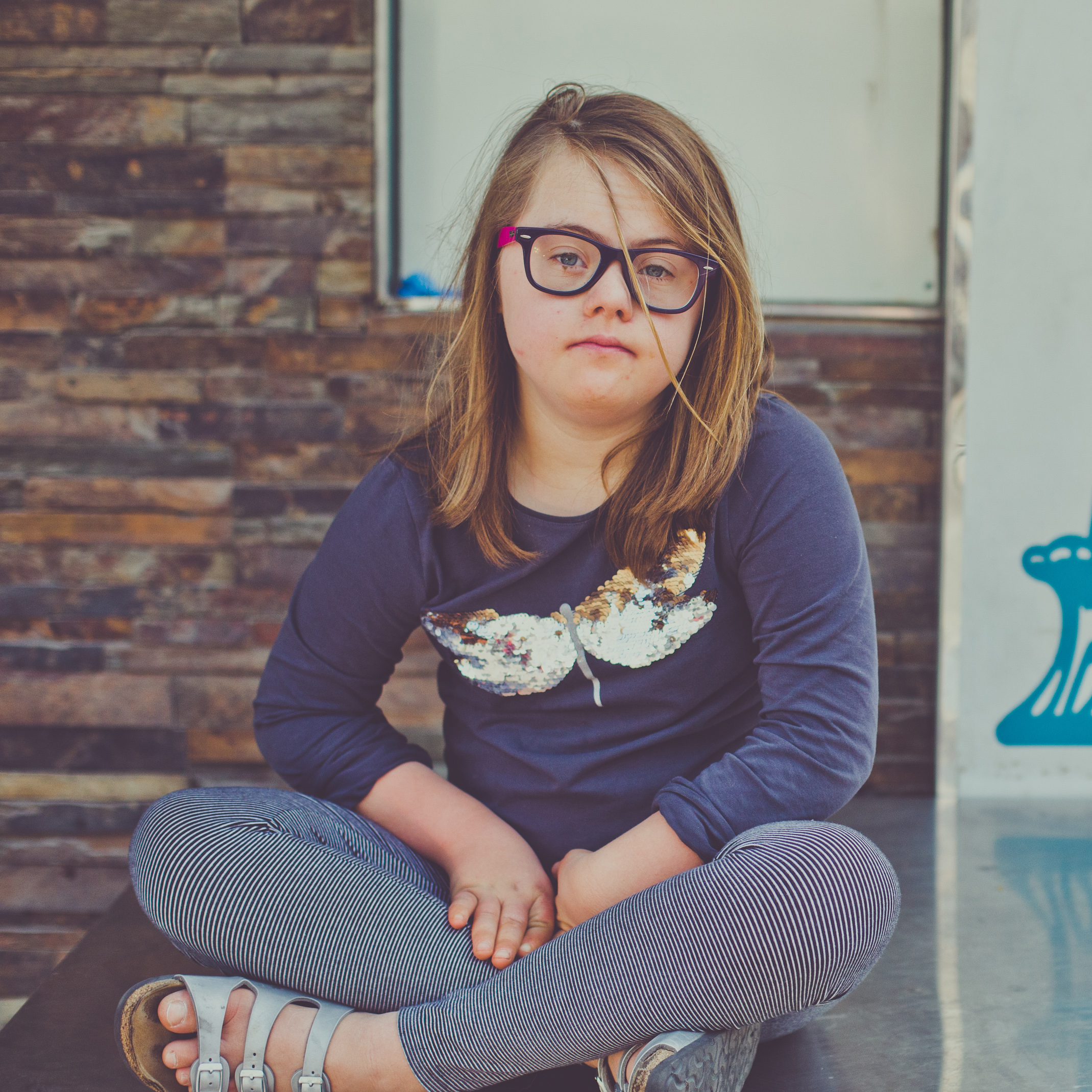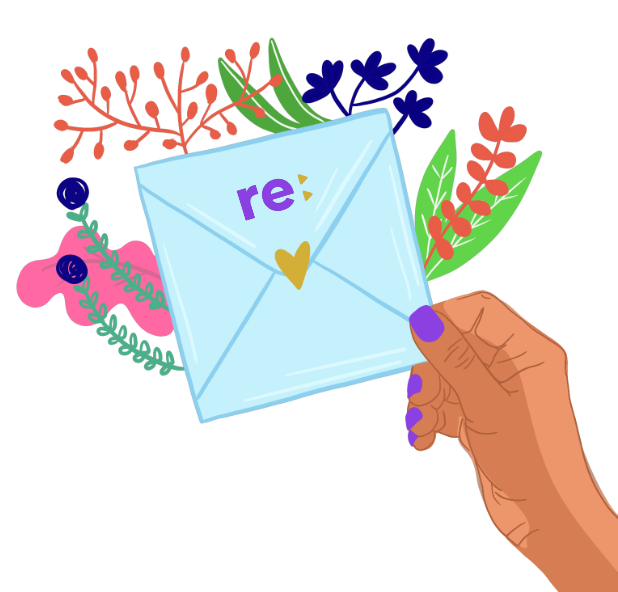Education
Food as a Teaching Tool? Here’s How You Can Make It Happen.
Food is an equalizer unlike any other.
Picture this: a bunch of excited students are gathered around their teacher, comparing different food groups and munching on a delicious snack. An interactive classroom which fully encourages innovation and quality learning is more likely to inculcate a positive environment where learners feel motivated to pick up new ideas. Food in the classroom is a great idea if you want to pique your students’ interest and help them retain concepts such as food science and cultural history better.
Teachers can experiment with their teaching methods in the classroom to keep things fresh, memorable and unpredictable. For example, teach biology by bringing edible cells made of Jell-O to class and introduce the students to the organelles that exist inside plant and animal cells. You can also help younger kids learn basic math skills such as addition or subtraction by playing around with candy or fruits like blueberries and grapes.
If you’re planning on including food items as a teaching tool in class, here’s how you can get started.
Teach world history with a twist
Food is an equalizer, a relatable topic that makes people around the world nod in recognition and enthusiastically engage in conversations. Before you bring food items to class though, remember to ask your students and their parents about their food allergies and get written permission from their parents. Choose a topic like the Industrial Revolution and include a section on eating habits during that period. For example, the Industrial Revolution is associated with the artificial modification of food products and a general decline in the quality of edible items. People started working in factories around that time and the idea of lunch evolved as most workers couldn’t go home to grab a bite, They often ended up eating something convenient like bread and cheese. Abigail Carroll, a food historian, said that this period “upended” our schedules and lives in a big way, eventually giving rise to lunchrooms and warm drinks like coffee. Carroll wrote, “Food is an amazingly fertile window into culture but it’s one that we just take for granted and we overlook. And it’s just embodied with so many meanings.”
In this lesson, you can talk about the evolution of lunch in the Industrial revolution by bringing bread and cheese along with more contemporary examples of a balanced school lunch such as a toasted vegetable sandwich with fresh yogurt and fruit. Your class will be able to appreciate the impact of the Industrial Revolution and how the idea of lunch has evolved via practical examples and delicious food dishes.


Illustration by (c) Reset Fest Inc, Canada.
Bring to them an extra serving of culture
Food is a great way to learn about other people, their cultures, religions and places. In your social studies or history classes, organize a potluck for older kids and ask them to bring one signature dish from their homes or give questionnaires related to their favourite foods at home. After you have the answers, you can bring samples from each major food group to class to highlight diversity and variety in what people choose to eat in different homes. Family food traditions, comfort food dishes and wedding food in several countries are all great topics to cover and help students appreciate the traditions other families follow. For example, a fun video posted by travel flood blogger Mark Wiens takes viewers on a quirky food tour of Dubai and offers a glimpse into Emirati cuisine. The video also introduces audiences to a warm and welcoming host and includes examples of local hospitality and food culture.
Such examples will also help students embrace differences and make them appreciate multiculturalism and diversity.
Supplementing your lessons with food and even multimedia resources on food such as films like “Chef” and videos are useful, handy tricks to keep your class interested.


Illustration by (c) Reset Fest Inc, Canada.
Decode numbers and languages with soup
For younger kids, you can make the alphabet a lot more interesting by serving bowls of delicious alphabet soup filled with colorful letters in the classroom. Make sure the soup is not too hot and give them kid-friendly cutlery. You can also spruce up their language skills by placing fruits in front of them such as bananas or apples and asking them to think of adjectives to describe the fruit. For math class, bring delicious jars of jam and guacamole with clear nutritional profiles. Ask your students to use fractions to make sense of the nutritional labels and reward them with sandwiches of their choice later. A senior lecturer at the University of Sheffield, Eugenia Cheng, uses food in math class to help her students pay attention to the topic. For example, in one class, she used blueberry jelly and yogurt to explain an algebraic theory. “I acted like I was on a cooking show, and the students immediately knew what I was talking about. It just took off from there,” she said. Food can be an incredibly useful asset in a situation like a math lesson where many students struggle with anxiety. A surprise element like food can act as an effective ice-breaker.


Illustration by (c) Reset Fest Inc, Canada.
Introduce the food pyramid and make healthy eating the hero of the story
To get your class truly acquainted with the food pyramid, place fruits, vegetables, meat, milk, grains like pasta, and junk food such as sweets and chocolate in front of your students and ask them to identify what they usually eat in a day. Use the opportunity to teach them about the food pyramid, what a healthy diet looks like, the importance of mindful eating and portion sizes. Motivate them to stick to whole foods such as fruits and vegetables and teach them to indulge in moderation. This will also help them cultivate a healthy and positive relationship with food.
It’s also worthwhile using relatable examples for children such as “Popeye The Sailor Man,” a much-loved cartoon icon who encourages everyone to eat spinach in healthy amounts. To make the class more interesting, ask the students to pitch in with examples such as why their parents tell them to eat their greens every day, what their favourite fruits are and how they can even grow some of their own veggies.
You can even sensitize students to food allergies and why it’s important to know about them. This is also a good time to teach kids about the environment and the impact wasting food can have on our planet.


Illustration by (c) Reset Fest Inc, Canada.
Be as creative as you can but be smart and resourceful
Don’t restrict your ideas to a couple of techniques and get creative while using food in the classroom. You can get the students involved in the process from start to finish. For example, ask them to bake a cake together to help them appreciate the value of measuring ingredients correctly, monitoring the temperature, observing chemical reactions and working in teams. Using food as a resource can help break the monotony between lessons and make your classes more inclusive by motivating shy students to participate. In a foreign language class such as French or German, surprise your pupils by helping them memorize the name of dishes through delicious crêpes or irresistible bratwurst. Remember to monitor all activities closely to avoid accidents or mishaps. Including food in even small increments in classrooms can be incredibly beneficial for teachers and students. However, when it comes to using food dishes as a reward in the class, use them occasionally and try to include healthier treats more often.


Illustration by (c) Reset Fest Inc, Canada.
The sight of scrumptious food items makes most kids — and adults — interested in what’s happening around them. Use them well to explain tricky concepts in class such as food allergies, mindful eating, math, food science, history and culture. You’ll be rewarded with a generous dollop of enthusiasm topped with a healthy mix of curiosity, excitement and plenty of questions from your students.




